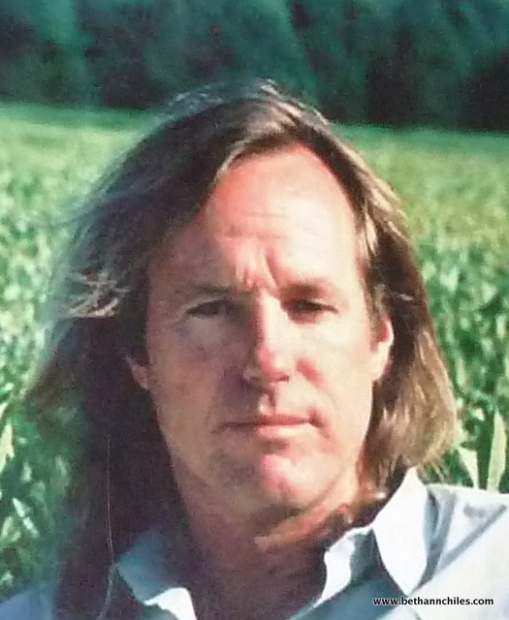A repost but I was reminded of our trip to the Charleston Tea Plantation in 2013 (how could it be that long ago?) and wanted to reshare our adventure that day. If you have the chance you need to visit this place. It’s amazing!
———————————————————————————————-
One of the reasons we took a recent trip to South Carolina is because I have so wanted to go visit the Charleston Tea Plantation. It was a fabulous sunny Sunday afternoon and I was in tea heaven!!! Chris was such a good sport and made this trip happen and I think he actually enjoyed it as much as I did.
Just look at that tea.
The Charleston Tea Plantation is the home of American Classic Tea, tea grown in America. It is located on picturesque Wadmalaw Island in the heart of South Carolina’s Lowcountry. Its grounds include 127 acres of Camellia Sinensis tea plants, a working Tea Factory and a charming Plantation Gift Shoppe. One of the fun things was taking a trolley ride throughout the tea plantation aboard Man of War—-a trolley that was used to shuttle jockeys around at races that the owner bought on Ebay!
Here is the background of the Charleston Tea Plantation as written about in their literature and on their website:
In the 1700’s the Camellia Sinensis first arrived in the United States from China. Several attempts were made in South Carolina over the next 150 years to propagate and produce tea for consumption, but none were triumphant. Not until 1888, when Dr. Charles Shepard founded the Pinehurst Tea Plantation in Summerville, South Carolina did American grown tea become a reality. In Summerville, Dr. Shepard created award winning teas until his death in 1915. For the next forty-eight years the tea plants grew wild at Pinehurst.
In 1963, a 127 acre potato farm located on Wadmalaw Island in the Lowcountry of South Carolina was purchased and Shepard’s tea plants were transplanted from Pinehurst to the farm. For the next 24 years research was conducted on this experimental farm. In 1987, William Barclay Hall purchased the land. Hall, a third-generation tea taster who received his formal training during a four-year tea apprenticeship in London, England, converted the research and development farm to a commercial operation. Thanks to Hall’s persistence the Charleston Tea Plantation became and still is the home of American Classic Tea, 100% grown in America.
William Barclay Hall in his younger days
In 2003, the Bigelow Family purchased the Charleston Tea Plantation and formed a partnership with former owner William Hall. The Bigelow’s brought sixty-five years of experience in the specialty tea business to the Plantation and the American Classicbrand. Since 2003 the Charleston Tea Plantation has transformed into a true American icon. American Classic Tea has maintained its faithful fans since its start in the late 1980’s and has continued to prosper as a result of consumers wanting to experience tea grown 100% and produced in America. Today the Charleston Tea Plantation offers more than just a cup of fresh tea. Thanks to the Bigelow Family, the true working tea farm presents a learning experience unlike any other in the country. The Charleston Tea Plantation is a living piece of American history!
Tea plants growing in the greenhouse.
Picking the tea is actually left up to the Green Giant–a specially made one of a kind machine that has blades that cut the top of the tea bushes off The cut leaves are blown into the hopper and then those are loaded into pickup truck beds once the hopper is filled. It is a very simple process and the plantation employs only about 30 folks–the majority of whom work in the fabulous gift shop.
Green Giant.
A shot of part of the inside processing plant at the Charleston Tea Plantation.
The Gift Shop and factory in back.
Who wouldn’t love to have a cup of tea on the front porch here??? All you can drink tea was available inside with all of their flavors featured including iced versions of several. The gift shop was fabulous and even though I did not take any pictures of it—believe me—we spent a lot of time in there finding treasures including if you can believe it—a teapot.
The trolley tour, the factory tour and the endless tea had me in heaven. I would love to come back again and bring some friends for the first flush that they celebrate in May with the very first cuttings (and the best) of the season. Anyone want to come?
















